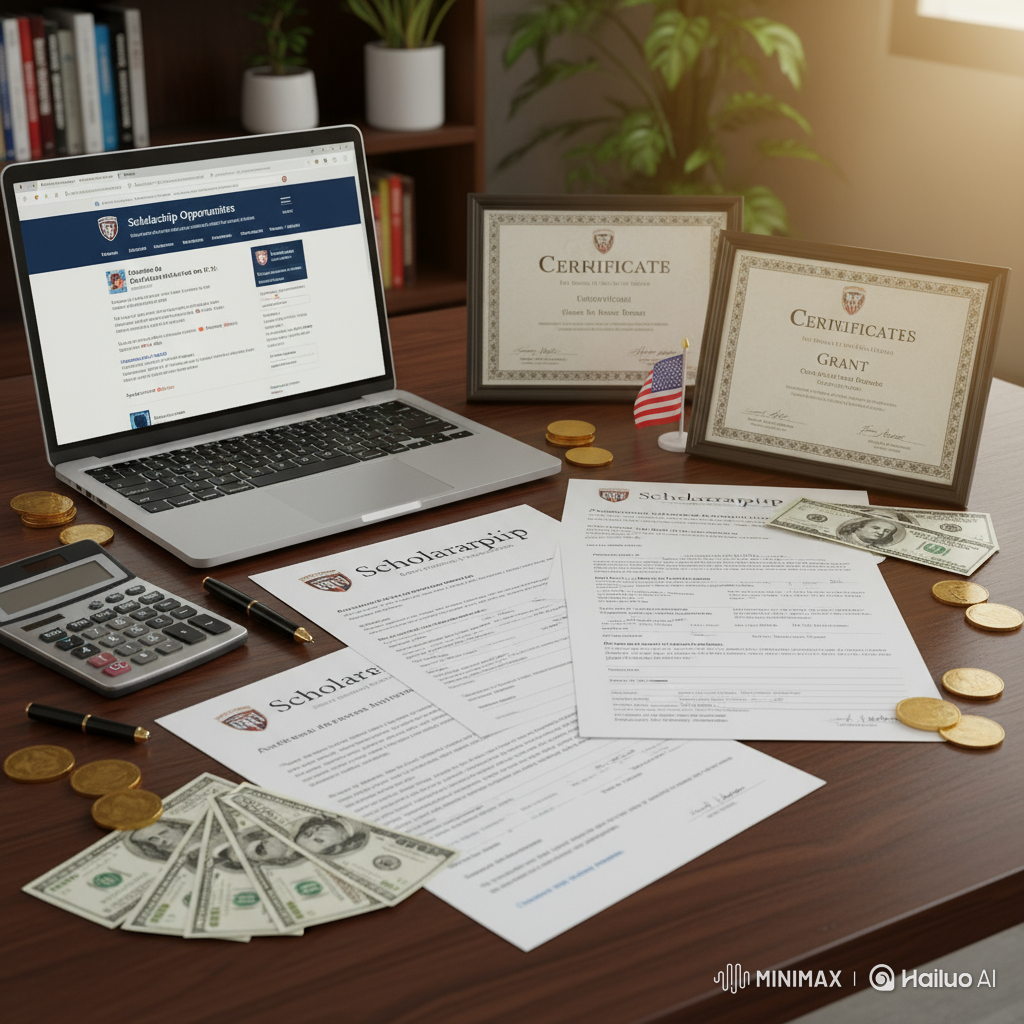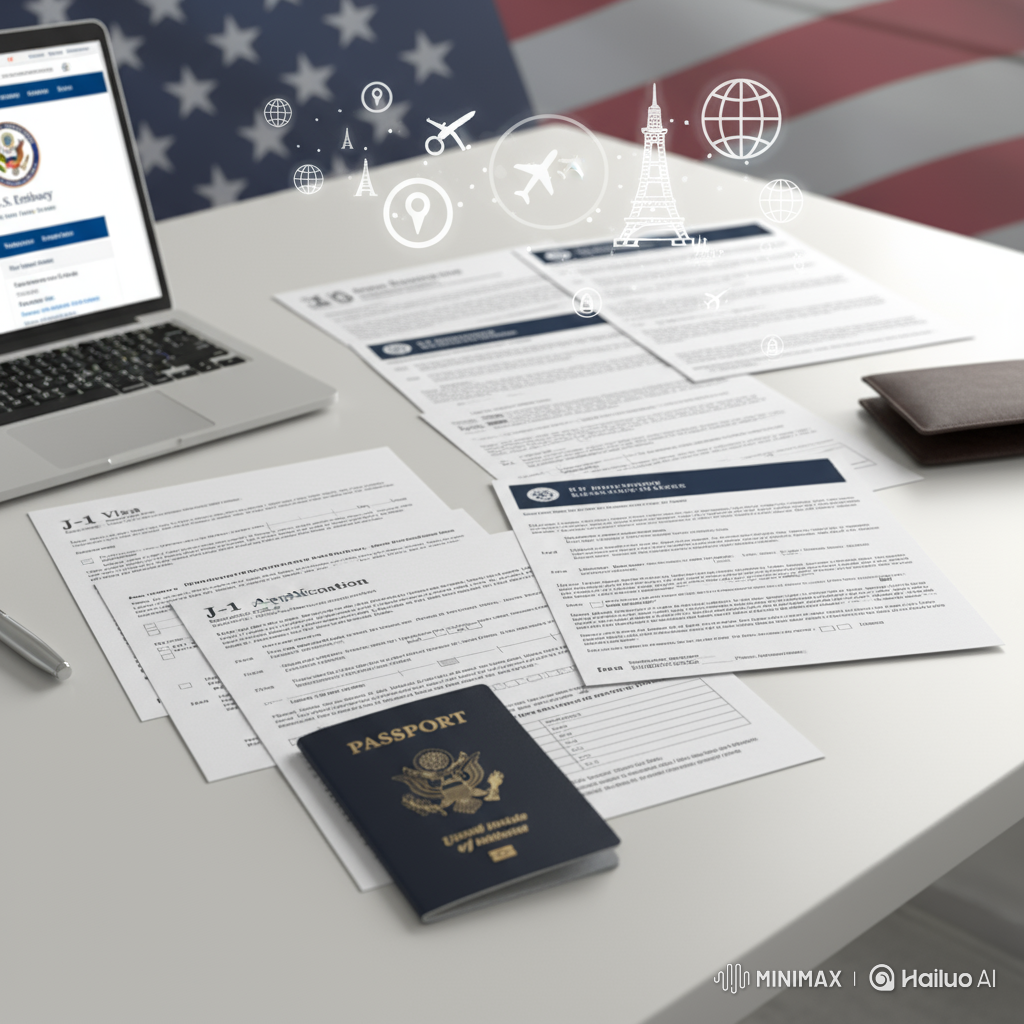Introduction
If you’re planning to study abroad, understanding the visa process and program requirements is essential.
Many U.S. students underestimate how long this step takes — I nearly did the same when I applied for my exchange. It’s not complicated, but it requires preparation and patience.
1. Academic and Personal Requirements
Before applying, you’ll need:
- A valid U.S. passport.
- Proof of enrollment or acceptance at a school/university.
- Minimum GPA (usually 2.5 or higher).
- Medical and travel insurance.
- Financial documentation (bank statements or sponsor letter).
Some programs may also require:
- Language proficiency test (TOEFL, IELTS, or host country equivalent).
- Personal essay or interview.
💡 Pro tip: Gather documents early — official transcripts and recommendation letters can take weeks to process.
2. The J-1 Exchange Visitor Visa
The J-1 Visa is the most common for cultural and educational exchange programs.
It’s designed for students, teachers, and interns participating in government-approved exchange programs.
Key details:
- Must be sponsored by an authorized organization (CIEE, Rotary, AFS, etc.).
- Requires Form DS-2019 (“Certificate of Eligibility”).
- Typically valid for the duration of your program.
- Allows limited work opportunities if approved by your sponsor.
Application steps:
- Receive DS-2019 from your sponsor.
- Pay the SEVIS I-901 fee.
- Complete Form DS-160 online.
- Schedule and attend your visa interview.
- Prepare supporting documents (passport, photo, proof of funds, acceptance letter).
I still remember my visa interview — nerve-wracking, but straightforward once I had my documents in order.
3. The F-1 Student Visa
The F-1 Visa applies to U.S. students attending an academic program or university abroad that is recognized by SEVIS.
Requirements:
- Acceptance from a full-time educational institution.
- Proof of funds for tuition and living expenses.
- English proficiency.
The F-1 visa is ideal for longer study programs (6–12 months).
It also allows for limited on-campus work and optional training (OPT) in some countries.
4. Other Common Visa Types
- M-1 Visa – For vocational or non-academic programs.
- B-2 Tourist Visa – For short cultural programs or language schools under 3 months.
- Working Holiday Visas – Available for U.S. citizens in specific countries (Australia, New Zealand).
5. Health, Insurance, and Background Checks
Many programs require:
- Proof of vaccination.
- Health insurance that meets the U.S. Department of State standards.
- Sometimes a criminal background check for minors’ protection.
Always double-check these requirements with your program sponsor.
Conclusion
The visa process might seem intimidating, but it’s just another step toward your adventure.
With proper planning, you’ll breeze through it and focus on what really matters — the experience abroad.
From my own journey, I learned that patience and organization are your best allies. Once you hold that approved visa in your passport, it all feels real.

